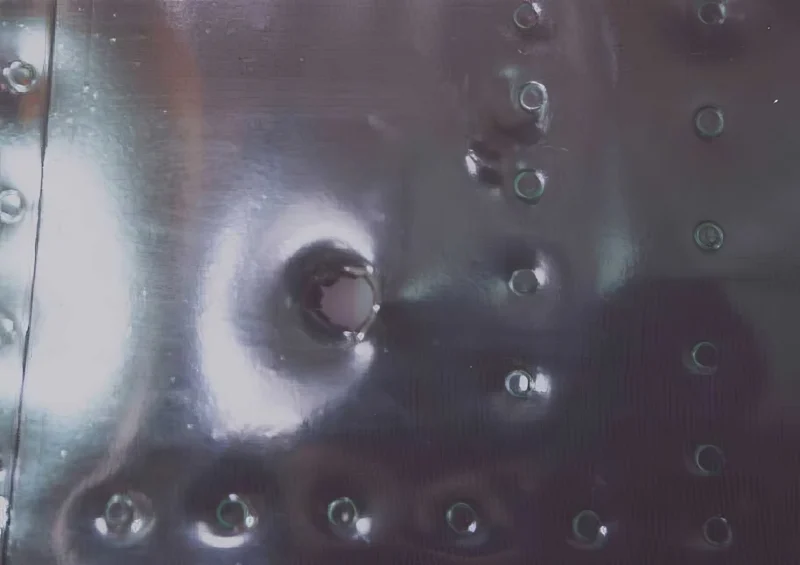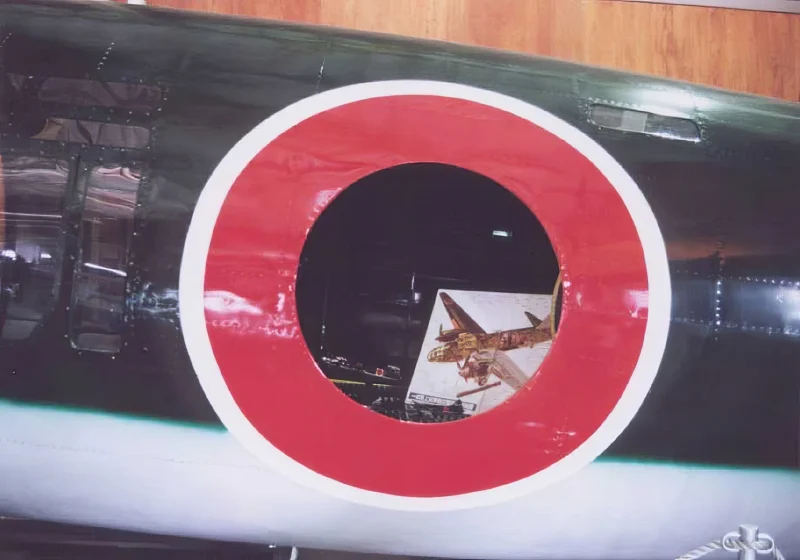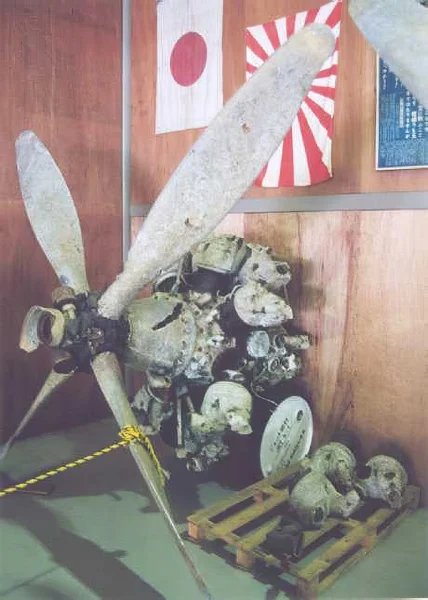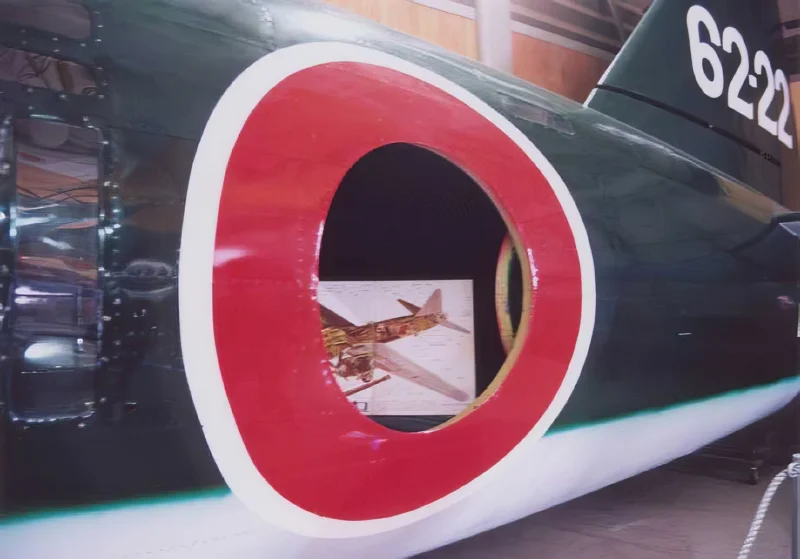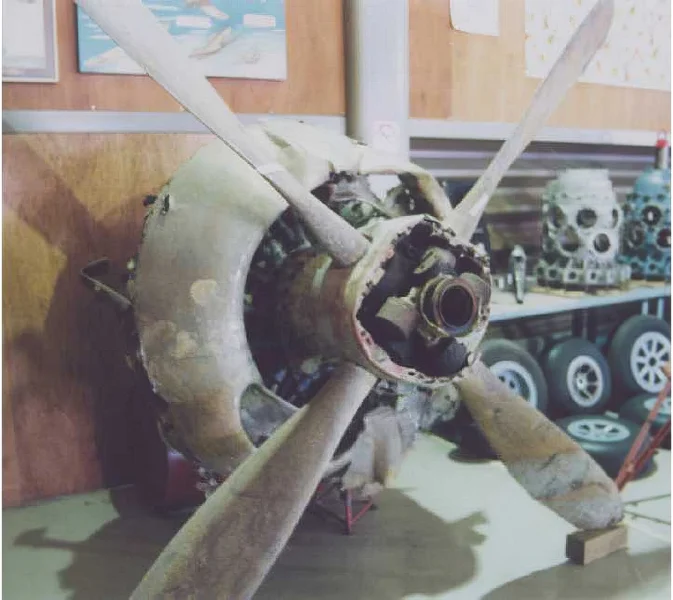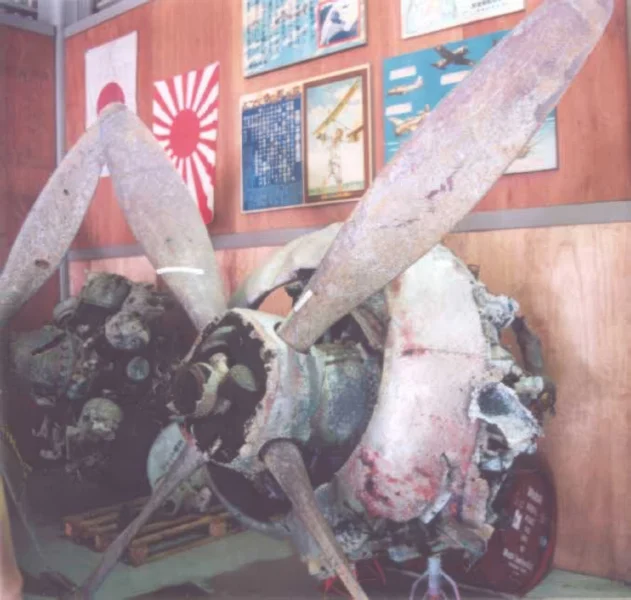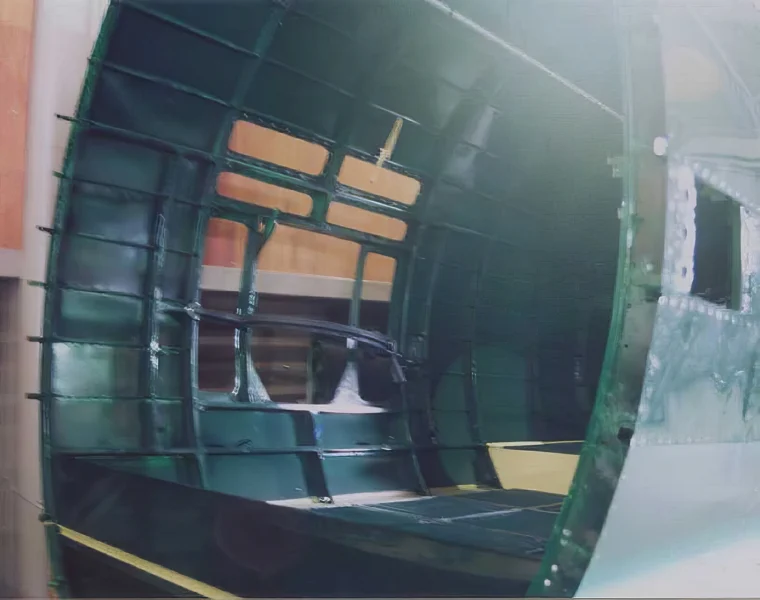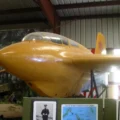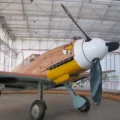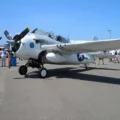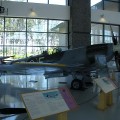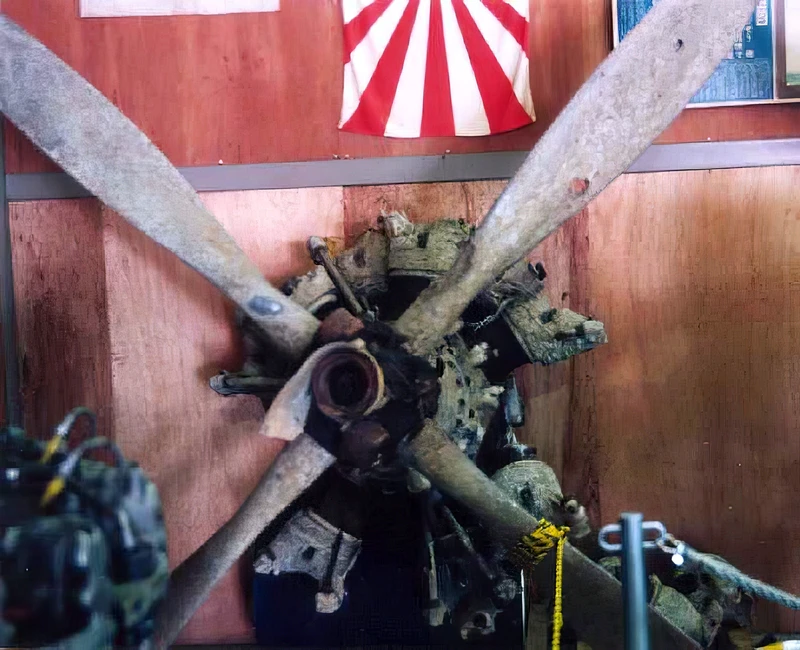
Mitsubishi G4M | |
|---|---|
| Pays | Japon |
| Rôle | Bombardier moyen/bombardier-torpilleur |
| Premier vol | 23 octobre 1939 |
| Construit | 2435 |
Lla Mitsubishi G4M était un bombardier moyen bimoteur basé à terre anciennement fabriqué par la Mitsubishi Aircraft Company, une partie de Mitsubishi Heavy Industries, et exploité par la Marine impériale japonaise de 1940 à 1945. Sa désignation officielle est Bombardier d’attaque de type 1 de la Mitsubishi Navy (一式陸上攻撃機, 一式陸攻 Ichishiki rikujō kōgeki ki, Isshikirikukō) et était communément appelée Hamaki (葉巻, « cigare »Allumé. « rouleau de feuilles ») en raison de la forme cylindrique de son fuselage. Le nom de déclaration des Alliés était « Betty ».
Source: Mitsubishi G4M sur Wiki
| Mitsubishi G4M | |
|---|---|
| Photographes | Lac Kawaguchi |
| Localisation | Parc aérien du Japon |
| Photos | 33 |
Voir aussi :

General Characteristics
The Mitsubishi G4M (Allied reporting name: Betty) was a twin-engine land-based attack bomber used by the Imperial Japanese Navy Air Service during World War II. Designed by Kiro Honjo, its development prioritized extremely long range to meet the vast distances of the Pacific theatre, a requirement that necessitated large fuel tanks and a lightweight airframe. This design decision famously led to a lack of protective armor and self-sealing fuel tanks in the early models, making the aircraft highly vulnerable to enemy fire—earning it the derisive Allied nickname, « The Flying Lighter, » and the Japanese nickname, « Hamaki » (Cigar) for its cylindrical fuselage shape. Despite its fragility, the G4M was responsible for the crucial sinking of the British capital ships HMS Prince of Wales and HMS Repulse in 1941.
| Property | Typical Value (G4M1 Model 11) |
|---|---|
| Rôle | Long-Range Land-Based Bomber / Torpedo Bomber |
| National Origin | Japon |
| Fabricant | Mitsubishi Jukogyo K.K. |
| First Flight | October 23, 1939 |
| Service Entry | 1941 |
| No. Built | Over 2,400 (all variants) |
| Crew | 7 (Pilot, Co-Pilot, Navigator/Bombardier, Radio Operator, 3 Gunners) |
| Length | 19.97 m (65 ft 6 in) |
| Envergure | 24.89 m (81 ft 8 in) |
| Max Takeoff Weight | 12,860 kg (28,351 lb) |
Powerplant and Performance
- Engine: 2 x Mitsubishi MK4A Kasei 11 14-cylinder air-cooled radial piston engines (G4M1).
- Power Output (Kasei 11): 1,140 kW (1,530 hp) for takeoff.
- Maximum Speed (G4M1): 428 km/h (266 mph) at 4,200 m (13,780 ft).
- Maximum Speed (G4M2): Approx. 437 km/h (271 mph) at altitude.
- Cruise Speed: Approx. 315 km/h (196 mph).
- Service Ceiling: 8,500 m (27,890 ft) (G4M1) to 9,700 m (31,820 ft) (G4M3).
- Maximum Range (G4M1 – Ferry): Up to 5,040 km (3,130 mi).
- Maximum Range (G4M3 – Reduced Range): 4,330 km (2,690 mi) (due to armor/self-sealing tanks).
Armament and Variants
- Defensive Armament (G4M1):
- 1 x 20 mm Type 99 cannon in the tail turret.
- 4 x 7.7 mm Type 92 machine guns (one in the nose, one in the dorsal turret, two in waist positions).
- Offensive Load: Carried internally in a bomb bay:
- One 858 kg (1,892 lb) Type 91 aerial torpedo, or
- Up to 1,000 kg (2,205 lb) of bombs (e.g., four 250 kg bombs).
- Key Variants:
- G4M1 (Model 11): Initial production model, optimized for range.
- G4M2 (Model 22): Uprated Kasei 21 engines, four-bladed propellers, improved dorsal turret, and larger wings for better high-altitude performance.
- G4M3 (Model 34): Late-war attempt to improve survivability by adding armor and self-sealing fuel tanks, resulting in a significant reduction in fuel capacity and range.
- G4M2e (Model 24J): Modified to carry and launch the MXY7 Ohka piloted rocket missile (suicide bomb).
Vues : 1522
